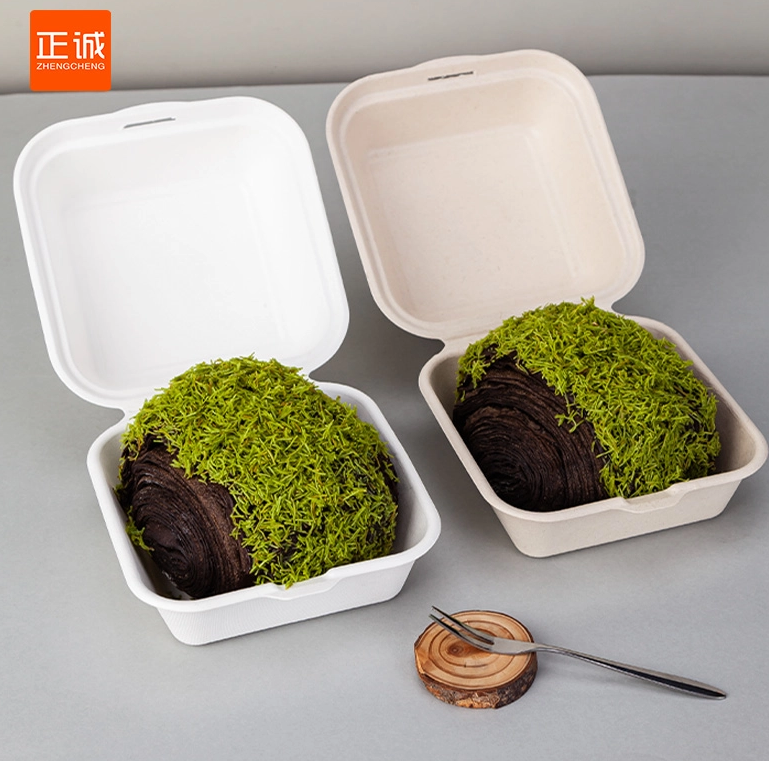In recent years, the conversation surrounding plastic waste and recycling has intensified, prompting consumers, businesses, and policymakers to seek solutions to the growing environmental crisis. One of the most pressing questions that arises in this discourse is: Does plastic actually get recycled? To answer this question, we must delve into the complexities of plastic recycling, exploring the processes involved, the challenges faced, and the implications for our environment.
Understanding Plastic Recycling
Plastic recycling is a multi-step process that involves the collection, sorting, processing, and remanufacturing of plastic materials. The primary goal is to convert waste plastics into reusable materials, thereby reducing the demand for virgin plastics and minimizing environmental impact. However, the effectiveness of this process varies significantly based on several factors, including the type of plastic, the recycling infrastructure in place, and consumer behavior.
Types of Plastics and Their Recyclability
Plastics are categorized into several types, each identified by a specific resin identification code (RIC) ranging from 1 to 7. The most commonly recycled plastics include:
- Polyethylene Terephthalate (PET or RIC 1): Widely accepted in recycling programs, PET is often used for beverage bottles and food containers. It can be recycled into new bottles, textiles, and other products.
- High-Density Polyethylene (HDPE or RIC 2): Another highly recyclable plastic, HDPE is used for containers like milk jugs and detergent bottles. It can be transformed into piping, plastic lumber, and recycling bins.
- Polyvinyl Chloride (PVC or RIC 3): Recycling PVC is more complicated due to the presence of additives. While some facilities accept it, the recycling rates are low.
- Low-Density Polyethylene (LDPE or RIC 4): Often used for grocery bags and some food wraps, LDPE is less commonly recycled, though some programs are beginning to accept it.
- Polypropylene (PP or RIC 5): Used in yogurt containers and straws, PP has limited recycling options, but its acceptance is growing.
- Polystyrene (PS or RIC 6): Commonly found in disposable coffee cups and takeout containers, PS is rarely recycled due to economic and logistical challenges.
- Other (RIC 7): This category includes various plastics, many of which are not recyclable.
The Recycling Process: A Closer Look
The plastic recycling process typically involves the following stages:
- Collection: Plastics are collected through curbside recycling programs, drop-off centers, or deposit return schemes. However, contamination with non-recyclable materials can hinder the process.
- Sorting: Once collected, plastics are sorted by type and color. This step is crucial, as mixing different types of plastics can compromise the quality of recycled materials.
- Processing: Sorted plastics are cleaned and shredded into small flakes. These flakes are then melted down and formed into pellets, which can be used to create new products.
- Manufacturing: The recycled pellets are used to produce new plastic items, completing the recycling loop.
Challenges in Plastic Recycling
Despite the established processes, several challenges hinder the effectiveness of plastic recycling:
- Contamination: Contaminants such as food residue, labels, and non-recyclable materials can render entire batches of recyclables unusable.
- Economic Viability: The fluctuating prices of virgin plastics often make recycling economically unfeasible. When the cost of producing new plastic is lower than recycling, companies may opt for the former.
- Infrastructure Limitations: Many regions lack the necessary infrastructure to support efficient recycling programs. This includes inadequate collection systems, sorting facilities, and processing plants.
- Consumer Behavior: Public understanding of what can and cannot be recycled is often limited, leading to improper disposal and contamination.
The Reality of Plastic Recycling Rates
According to the Environmental Protection Agency (EPA), the recycling rate for plastics in the United States was approximately 9.5% in 2020. This figure highlights the stark reality that, while some plastics are indeed recycled, a significant portion ends up in landfills or the environment. The low recycling rates can be attributed to the challenges mentioned above, as well as the complexity of the plastic waste stream.
The Future of Plastic Recycling
To improve plastic recycling rates and reduce environmental impact, several strategies can be employed:
- Enhanced Education: Increasing public awareness about proper recycling practices can help reduce contamination and improve recycling rates.
- Investment in Technology: Advancements in recycling technology, such as chemical recycling, can help process more types of plastics and improve the quality of recycled materials.
- Policy Changes: Governments can implement policies that incentivize recycling and penalize plastic waste, encouraging businesses and consumers to adopt more sustainable practices.
- Circular Economy Initiatives: Emphasizing a circular economy approach, where products are designed for reuse and recycling from the outset, can significantly reduce plastic waste.
Conclusion
In conclusion, while plastic recycling is a viable solution to mitigate plastic waste, the reality is that many plastics do not get recycled effectively. Understanding the complexities of the recycling process, the challenges involved, and the current recycling rates is crucial for consumers and policymakers alike. By fostering a culture of responsible consumption and investing in innovative recycling technologies, we can work towards a more sustainable future where plastic waste is minimized, and recycling is maximized. The question remains: Does plastic actually get recycled? The answer is nuanced, but with collective effort, we can strive to make it a resounding yes.



More Stories
Customizable Logo Pulp Boxes in Kraft and White for Sustainable Food Packaging Solutions
What Is Hypalon Rubber Sheet? Exploring Its Exceptional Weather Resistance
What Is SMC (Sheet Molding Compound)? Complete Guide for Engineers